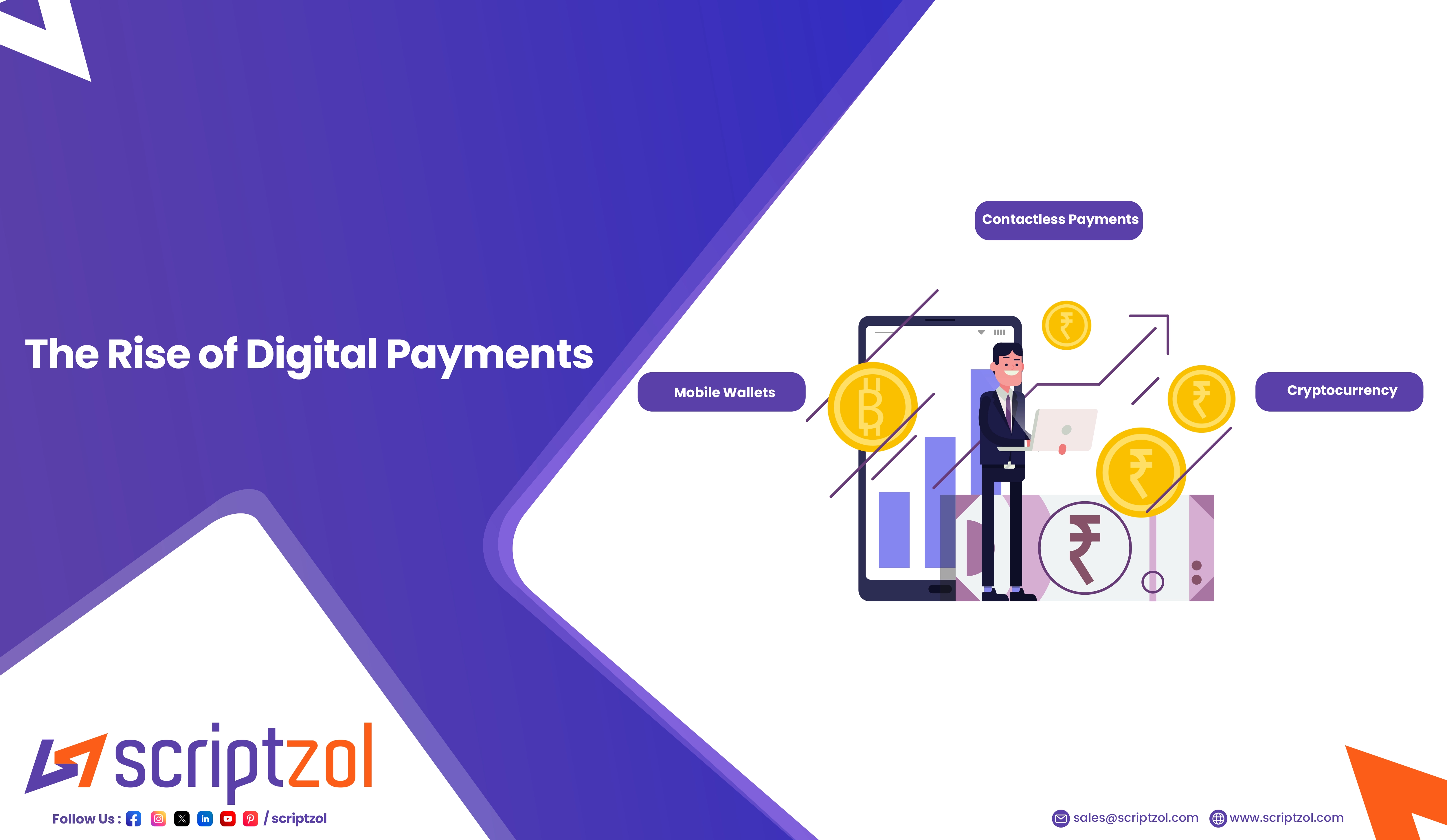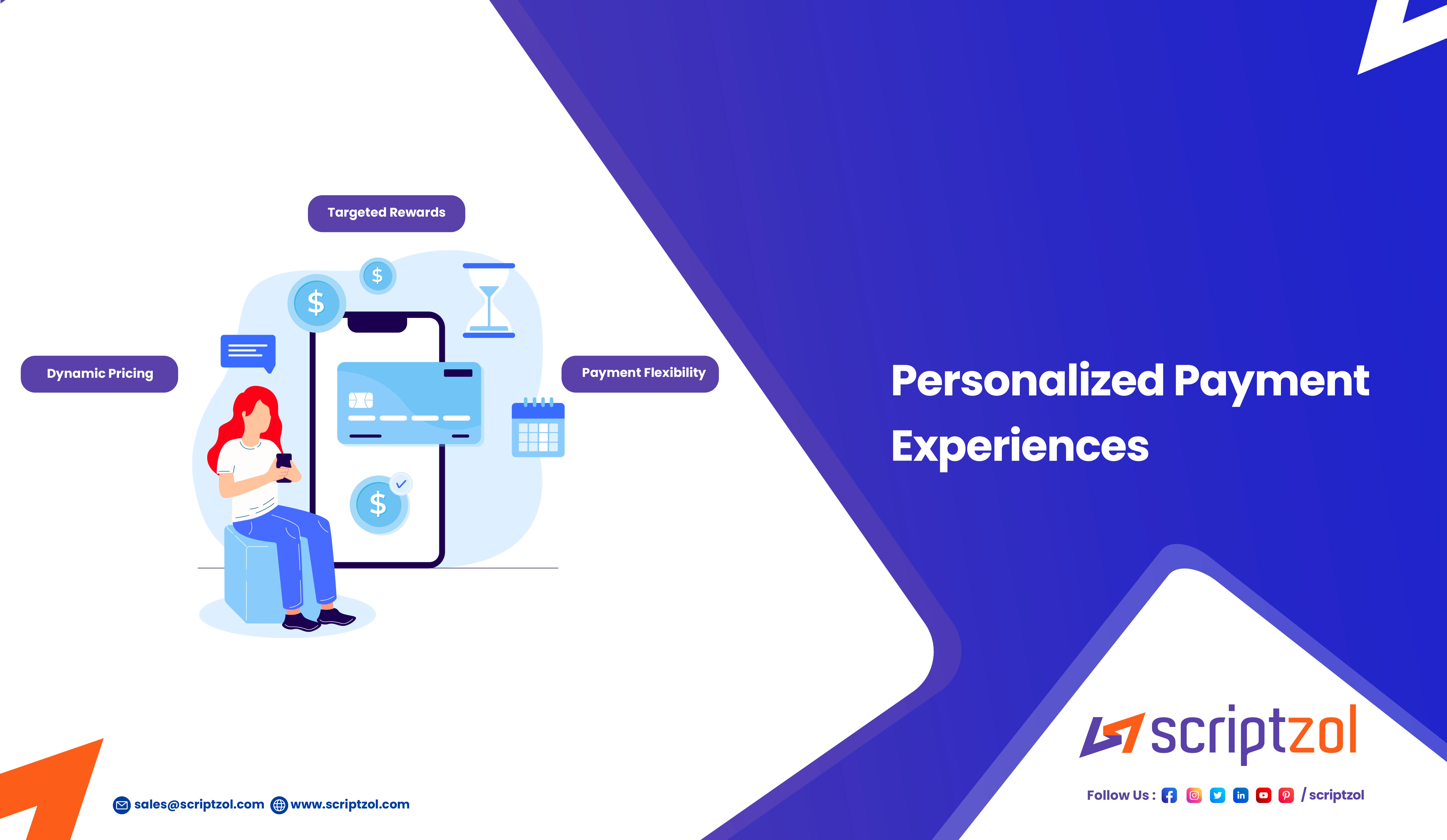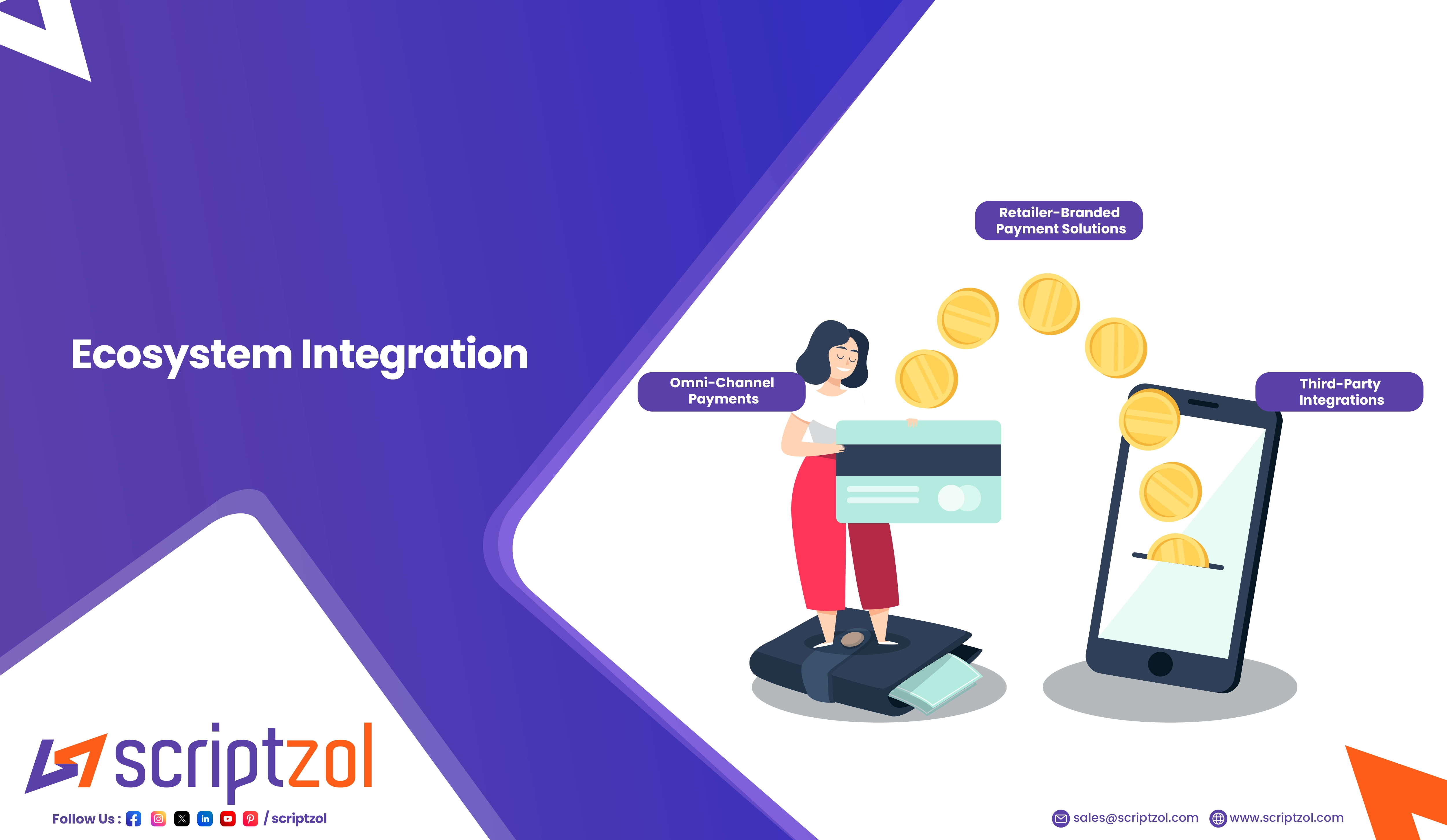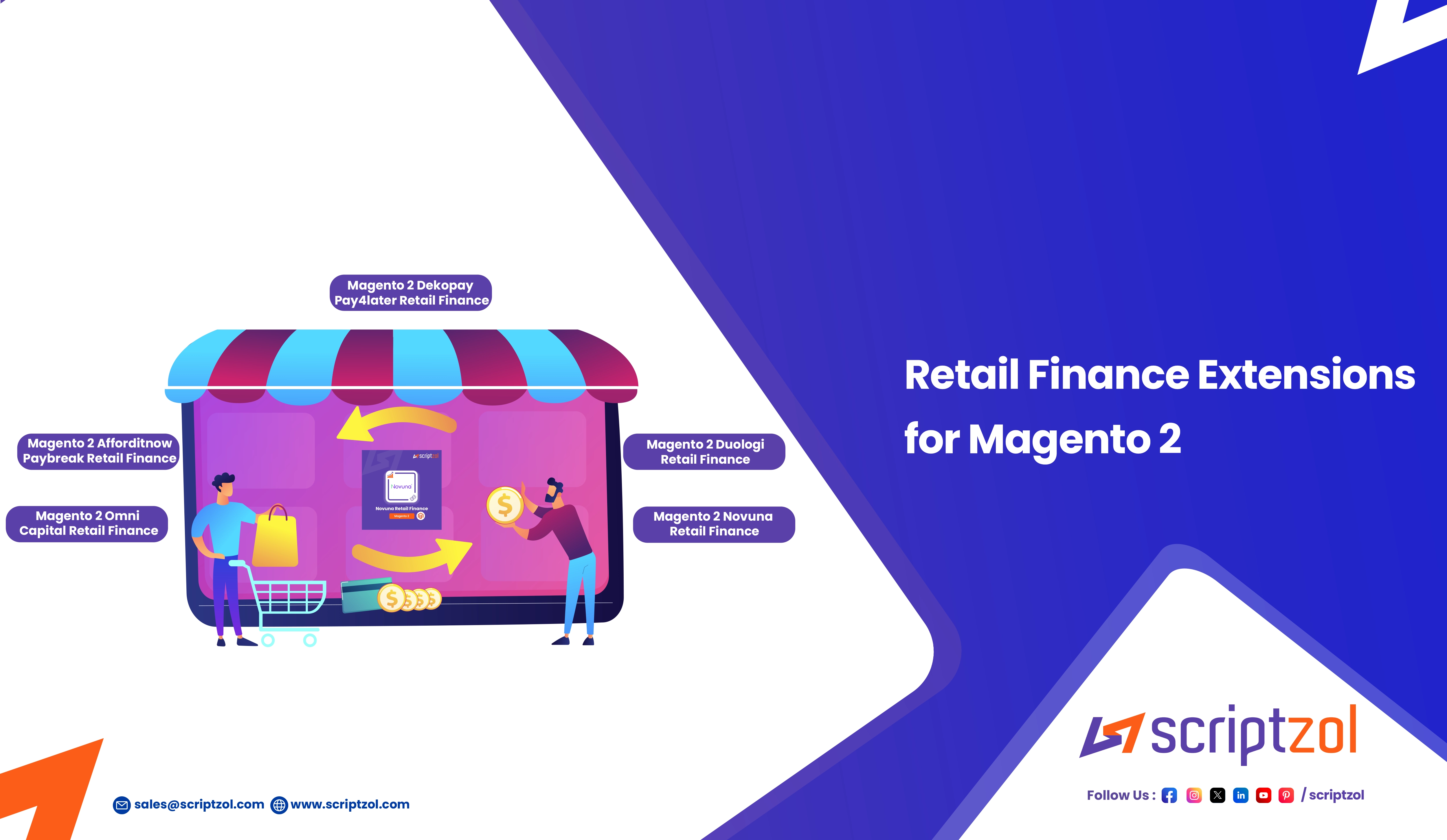The retail landscape has been evolving at a breakneck pace in recent years, driven by advancements in technology, changing consumer preferences, and the need for greater convenience. One of the key areas where this transformation is most evident is in the realm of payment modules and strategies. In this blog, we will delve into the revolutionizing trends and innovations in retail finance, focusing on how payment methods and strategies are being reimagined to meet the demands of the modern consumer.
The Rise Of Digital Payments

The surge in digital payments is reshaping commerce. Driven by technology and changing preferences, traditional methods are giving way to efficient, secure, and convenient digital alternatives. These systems offer speed, facilitating seamless transactions across online platforms. In the e-commerce era, digital payments are crucial, connecting businesses with a digital-centric consumer base and fostering growth in online transactions. Here are some key trends within the realm of digital payments:
A. Mobile Wallets
Mobile wallet apps like Apple Pay, Google Pay, and Samsung Pay have gained widespread acceptance. These apps allow consumers to make payments using their smartphones, enhancing convenience and security.
B. Contactless Payments
Contactless payment methods, including near-field communication (NFC) and RFID technology, are on the rise. Tap-to-pay systems have become the norm in many retail environments, reducing friction at the checkout.
C. Cryptocurrency
While still in its nascent stage for mainstream retail, cryptocurrencies like Bitcoin and Ethereum are gaining traction as alternative payment options. Some retailers have started accepting cryptocurrencies, and more may follow suit.
Personalized Payment Experiences

Personalized payment experiences are becoming increasingly integral to modern commerce. Tailoring payment processes to individual preferences enhances customer satisfaction and engagement. From customized checkout options to personalized offers, businesses are leveraging data insights to create seamless and unique payment journeys for their customers. This approach not only improves user experience but also contributes to building stronger customer relationships and loyalty. As the landscape of digital payments evolves, personalization emerges as a key driver in shaping a more user-centric and efficient payment ecosystem. Here’s how:
A. Dynamic Pricing
Retailers are using customer data to offer personalized discounts and pricing. For instance, loyal customers may receive exclusive discounts or special financing terms.
B. Targeted Rewards
Retailers are integrating their payment systems with loyalty programs to provide personalized rewards and incentives. These rewards can be based on shopping behavior and preferences.
C. Payment Flexibility
AI-driven systems can predict when a customer is more likely to make a purchase and offer customized payment options, such as deferred payments or installment plans.
Ecosystem Integration

Ecosystem integration is a pivotal aspect of contemporary business strategies. In today’s dynamic landscape, seamless connectivity among various elements of a business ecosystem is essential for optimal functionality and efficiency. This integration involves linking different processes, systems, and technologies to work together harmoniously. Whether it’s connecting supply chain management with customer relationship systems or integrating data analytics into decision-making processes, a well-integrated ecosystem streamlines operations and enhances overall productivity. As businesses embrace digital transformation, the ability to seamlessly integrate diverse components becomes a competitive advantage, enabling them to adapt swiftly to evolving market demands and technological advancements. Key elements of ecosystem integration include:
A. Omni-Channel Payments
Retailers are allowing customers to use the same payment credentials both in-store and online, creating a unified shopping experience.
B. Retailer-Branded Payment Solutions
own branded credit cards or payment apps, encouraging customer loyalty and offering exclusive benefits.
C. Third-Party Integrations
Retailers are partnering with third-party payment providers and fintech companies to expand their payment capabilities and stay competitive.
Retail Finance Extensions For Magento 2

Retail finance extensions for Magento 2 offer robust solutions to enhance the financial aspects of your e-commerce platform. These extensions are designed to integrate seamlessly with Magento 2, providing a range of features to optimize retail finance processes. Here are some notable ones:
A. Magento 2 Afforditnow Paybreak Retail Finance
Magento 2 Afforditnow Paybreak Retail Finance offers merchants a secure, online, alternative payment solution that can be easily embedded into their e-commerce website to enable ePOS purchases. It provides a product finance calculator, test/live mode options, and more, enhancing the customer experience and increasing sales.
B. Magento 2 Dekopay Pay4later Retail Finance
Magento 2 Dekopay Pay4Later offers finance options controlled by order value. By including the Pay4Later payment gateway, online merchants may start offering finance options right away. This extension includes features such as a product finance calculator, test/live mode options, and the ability to set minimum and maximum values for finance options.
C. Magento 2 Omni Capital Retail Finance
Magento 2 Omni Capital credit score system offers high acceptance rates compared to traditional lenders. This extension provides finance options controlled by order value, including interest-free and interest-bearing credit. It allows customers to choose from various finance packages and is highly customizable to suit your business needs.
D. Magento 2 Duologi Retail Finance
Magento 2 Duologi Retail Finance Module offers customized finance solutions, allowing customers to spread the cost of goods and services. It includes features like a product finance calculator, test/live mode options, and the ability to set minimum and maximum values for finance options.
E. Magento 2 Nova Retail Finance
Magento 2 Nova Retail Finance Module enables retailers to offer customers a variety of finance options at checkout. This can be particularly valuable for high-ticket items, as it may help reduce cart abandonment and increase average order values.
Conclusion
The retail finance landscape is evolving rapidly, with a focus on providing consumers with flexible, personalized, and convenient payment options. As retailers adapt to these changes, the integration of innovative payment modules and strategies becomes essential. From digital payments to personalized experiences and ecosystem integration, the retail finance sector is poised for continued transformation. With the assistance of Scriptzol, retailers can stay ahead of the curve by adopting these strategies and extensions and witness increased sales, customer loyalty, and improved overall performance in the ever-changing world of retail finance.
If you’re the one who has a unique business idea and looking forward to launching your business in the market, then this is the right time to get started your entrepreneurial journey with Scriptzol. Whatever your business idea may be, our extension is the best choice to go with. Contact Us for more details. [email protected] or +91-99439 04046
This article was originally published by – https://www.scriptzol.com/blog/revolutionizing-retail-finance-exploring-the-payment-modules-and-strategies
